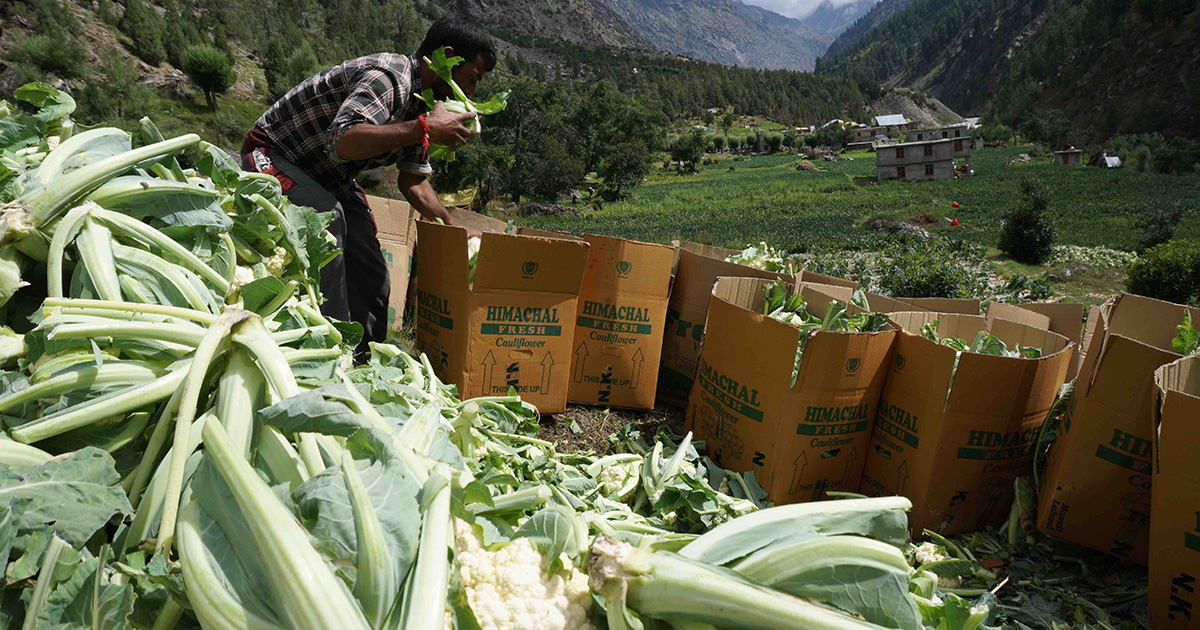The shift from agriculture and horticulture along with changing climatic conditions are already affecting the livelihoods of communities in the landscape. How can the livelihoods of people living in these extreme environments be enhanced?
There are many values we can learn from mountain communities, especially from herding communities, as their life is all about uncertainties and resilience. It is about survival in a beautiful, albeit a difficult geographical landscape. We have much to learn by tapping into their vast and unique pool of traditional knowledge built over the years studying weather conditions, animal behaviour, kinship ties, resource locations and natural calamities, besides the carefully evolved local governance systems and practices that have helped these communities sustain their livelihoods.
Improving the efficiency in the way these communities utilize natural resources is a key step towards improved economic and associated benefits to the community. Steps towards this have been :
1. Reviewing the socio-economic and demographic data available for villages in the landscape, and mapping their impact on natural resources.
2. Identifying existing or potential livelihoods that are economically viable and sustainable, and that directly contribute to the local economy
3. Developing a strategy for diversification to reduce the pressure on natural resources
4. Developing a sustainable livelihood strategy to:
- Ensure equity and women participation in livelihood development,
- Develop innovative community based options
- Strengthen the capacities of community members, institutions and associated stakeholders.
- Sustainable alternatives directly benefit local communities
Find community led alternatives
The development of unsustainable tourism practices may negatively affect natural landscape and biodiversity. For example, in regions like Ladakh, the number of large hotels affect the natural landscape and take away majority of the economic benefit from local communities. Community led interventions, as in the case of Urgos, will positively influence the communities and natural landscapes. This may also ensure livelihood security for community members by providing alternativelivelihood options like establishing homestays or through handicraft development.
Equitably share benefits
The activities around homestays, community run information centres and handicrafts are primarily taken care by the women in the village. These practices will ensure their involvement and equitable sharing of benefits
Reduce risks
Development of community led livelihood options may also reduce the risks associated with existing livelihoods. Majority of the community members are presently dependent on agriculture. Diversification of livelihood options to tourism, handicraft etc. reduce the risks associated with dependency on a single source.

A shift from traditional crops to cash crops like potatoes, peas and cauliflower have become the main source of income for farmers in Pangi and Lahaul, but at the cost of indegenous crop diversity.





